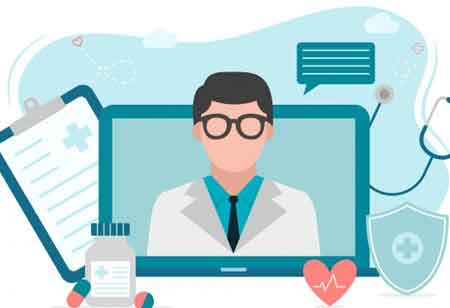Thank you for Subscribing to Healthcare Business Review Weekly Brief
Realizing the EHR Transition to Telehealth

Be first to read the latest tech news, Industry Leader's Insights, and CIO interviews of medium and large enterprises exclusively from Healthcare Business Review
Thank you for Subscribing to Healthcare Business Review Weekly Brief

By
Healthcare Business Review | Wednesday, July 21, 2021
Stay ahead of the industry with exclusive feature stories on the top companies, expert insights and the latest news delivered straight to your inbox. Subscribe today.
The easier it is for practices to set up and accept recurring payments automatically, engage with clients via electronic statements, and automate reconciliation, the more effective the payment processing functionality is.
FREMONT, CA: An effective EHR must have the essential elements that assist healthcare consumers in running their practices on a day-to-day basis. To facilitate the rapid adoption of telehealth services, EHR systems must collaborate with suppliers who have unique domain expertise and expand the system to fulfill all medical practice needs. This entails partnering with partners who make integration simple and take care of a lot of the heavy lifting.
When it comes to servicing medical practice customers, developers should think about the following features:
Billing & revenue cycle optimization: When EHRs provide transparent billing over a secure and HIPAA-compliant link, practices profit. This simplifies ledger reconciliation and works well with claims management to guarantee that claim rejections and denials are handled quickly and effectively.
Claims management: Clients can send claims electronically, increase cash flow, and get paid faster by integrating with an efficient medical claims clearinghouse.
Analysis & insights: The ability to evaluate data, track important indicators over time, and simplify insights from many systems enables practices to discover areas for improvement immediately and missed opportunities in scheduling, payment collection, and other areas.



